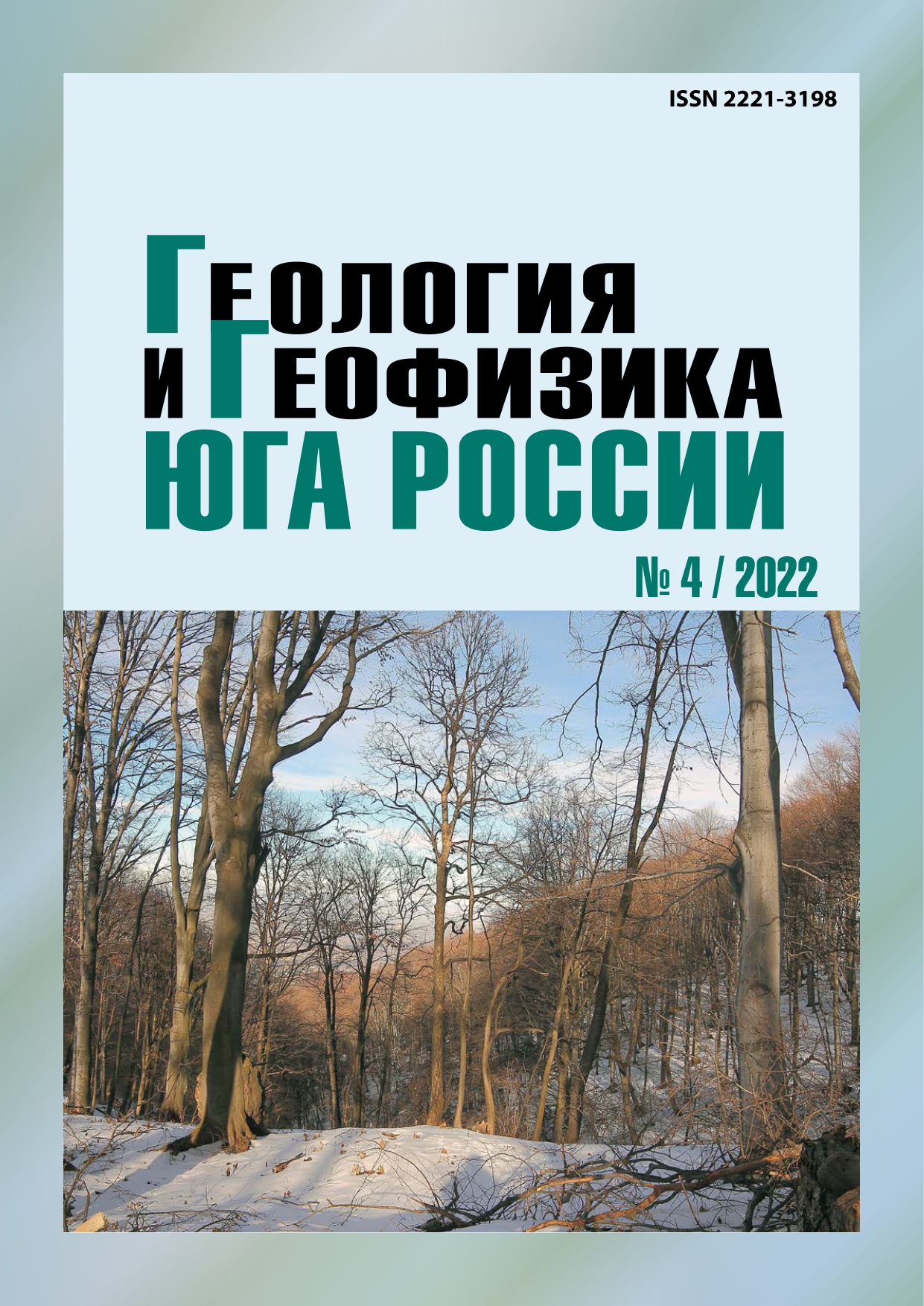Evaluation of the stability of a flat surface of a crystal under a phase transformation in a single-component system
Keywords:
equilibrium and initial phase temperatures far from the growing crystal, stability, heat of transformation, heat capacity of the initial phase, thermostat with a given temperature, growth mechanism
Abstract
Relevance. The theory of phase transitions was formulated to describe the evolution of nonequilibrium systems near thermodynamic equilibrium. Over the past three decades, extensive experimental material has been accumulated on high-speed phase transitions, from which it follows that many metastable systems are capable of undergoing transformations far from thermodynamic equilibrium when the conditions of local equilibrium in the system are violated. The article considers the assessment of the stability of a flat surface of a crystal during a phase transformation in a one-component system. The aim of the research is to assess the stability of a flat surface of a crystal during a phase transformation in a single-component system, to analyze high-speed modes of motion of the phase boundary, and to solve a number of problems of the formation of a crystal structure in systems Research methodology. Results. The morphological stability of a flat surface of a crystal growing inside the initial phase was studied under the following heat removal scheme: the latent heat of transformation is removed from the interface to both phases and, due to external heat transfer, to a thermostat with a given temperature. Stability is determined by thermostat temperature, heat transfer conditions, surface tension and kinetics of processes at the phase boundary (tension and kinetics are considered isotropic, and the growth mechanism is normal). A complex pattern of alternating regions of stability and instability is revealed. For the transformation of a high-temperature phase into a low-temperature one, as supercooling increases, we generally have the following alternation: stability, instability, stability, instability, stability. With the reverse transformation: stability, instability, stability. Under adiabatic conditions, when there is no external heat transfer, some of the stability regions disappear and we have: instability, stability, instability for the direct transformation and instability, stability for the reverse (in the adiabatic case, the analysis is valid for (То – Т∞) >L/с2, То and Т∞ – equilibrium and initial phase temperatures away from the growing crystal, L – heat of transformation, с2 – is the heat capacity of the initial phase). With a very intense external heat transfer (isothermal transformation), a flat front is stable at any temperature. Estimates are given for the critical temperatures of the transition from stability to instability. These estimates are consistent with experimental data on the crystallization of cyclohexanol.
Published
2022-12-28
Section
Articles


